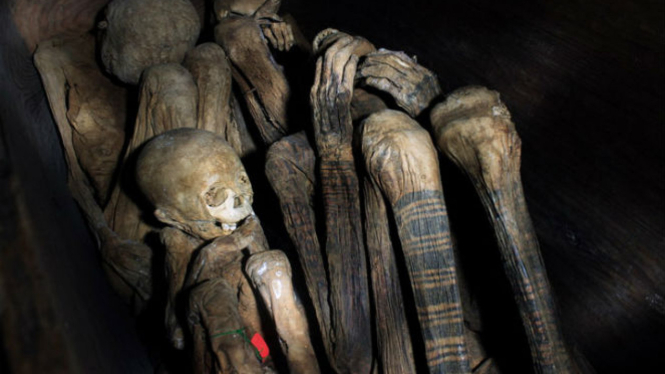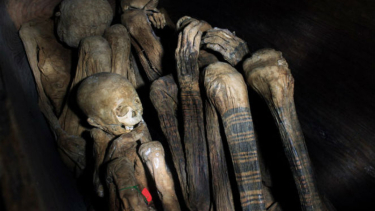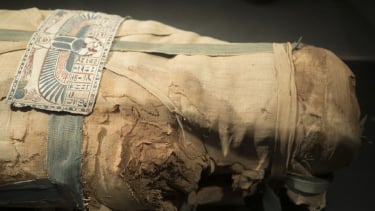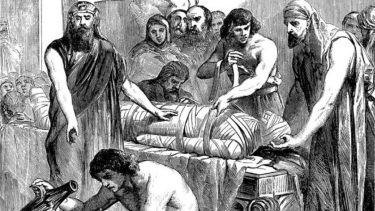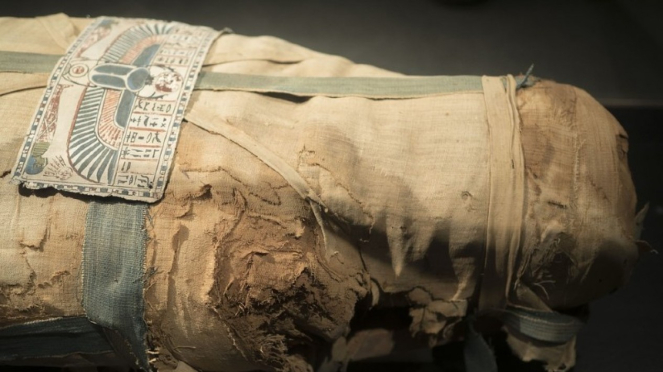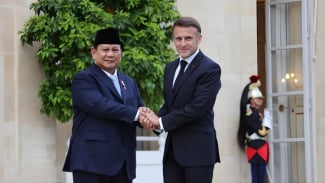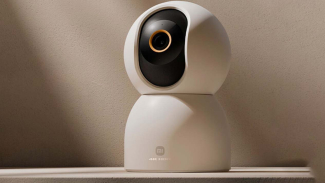The Frightening History of Mummified Meat Utilization in Europe
- http://www.technocrazed.com
VIVA – The belief that mummified meat has certain properties once colored European history. This happened around medieval times until the 18th century. Mummies can bring health to those who eat them is driven by the belief that human remains mashed and given coloring can cure anything from bubonic plague to headaches.
Here are some ways to utilize mummified meat in Europe at that time.
1. Mummy mania
Ilustrasi penemuan mumi.
- U-Report
Faith that mummies could cure illness drove people for centuries to ingest something that tasted awful. Mumia, the product created from mummified bodies, was a medicinal substance consumed for centuries by rich and poor, available in apothecaries' shops, and created from the remains of mummies brought from Egyptian tombs back to Europe.
By the 12th century, apothecaries were using ground-up mummies for their otherworldly medicinal properties. Mummies were prescribed medicine for the next 500 years.
2. Mummy's medicine
Not all doctors thought dry, old mummies made the best medicine. Some doctors believed that fresh meat and blood had a vitality the long-dead lacked.
The claim that fresh was best convinced even the noblest of nobles. England's King Charles II took medication made from human skulls after suffering a seizure, and, until 1909, physicians commonly used human skulls to treat neurological conditions.
For the royal and social elite, eating mummies seemed a royally appropriate medicine, as doctors claimed mumia was made from pharaohs. Royalty ate royalty.
3. As a party object
Ilustrasi mumi.
- Pixabay
In the 19th century, the consumption of mummies as medicine no longer existed. In the Victorian era, the opening of mummy bandages was part of the entertainment at a party.
In this era, many private parties were held just to open the mummy's bandages. In 1834, surgeon Thomas Pettigrew unwrapped a mummy at the Royal College of Surgeons. Subsequently, mummy bandage opening events were often held at dinner parties to entertain visitors. They were enthusiastic to see the opening of the bandages.
4. The mummy's curse
Ilustrasi mumifikasi
- http://cutpen.com
Mummy unwrapping parties ended as the 20th century began. The macabre thrills seemed in bad taste and the inevitable destruction of archaeological remains seemed regrettable.
Then the discovery of Tutankhamun's tomb fueled a craze that shaped art deco design in everything from the motifs of doors in the Chrysler Building to the shape of clocks designed by Cartier. The sudden death in 1923 of Lord Carnarvon, sponsor of the Tutankhamun expedition, was from natural causes but soon attributed to a new superstition – "the mummy's curse".
5. Modern mummies
The era of eating mummies and unwrapping bandages is over. But that doesn't mean the mummy show is over.
In 2016, Egyptologist John J. Johnston held the first mummy bandage opening event since 1908. But the body on display is not a real mummy. An actor played the role of the mummy whose bandages were opened. The event took place at the hospital.

